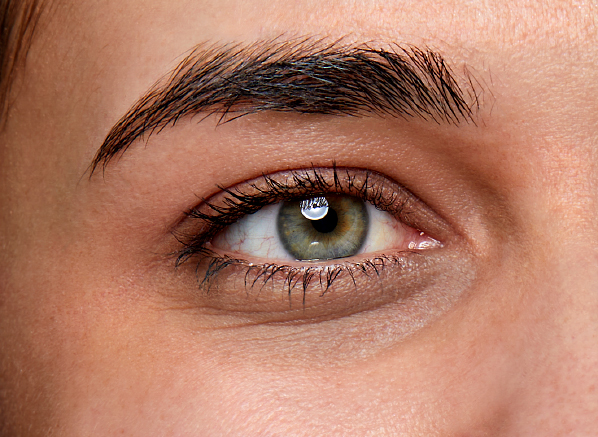Introduction
Dark Circles under the eyes are a common cosmetic concern, affecting both men and women. While many factors can contribute to their appearance, including lack of sleep, allergies, and aging, genetics play a significant role. In this article, we delve into the intricate relationship between genetics and dark circles to provide a comprehensive understanding of this phenomenon.
Genetics and Pigmentation
Melanin Production
Melanin, the pigment responsible for skin coloration, is produced by melanocytes in the skin. Genetic variations can influence the activity of these cells, leading to differences in melanin production. Individuals with darker skin tones typically have higher levels of melanin, which can mask the appearance of dark circles.
Periorbital Hyperpigmentation
Periorbital hyperpigmentation refers to the excessive deposition of melanin around the eyes, resulting in dark circles. Genetic predisposition can increase the likelihood of developing this condition, making some individuals more prone to dark circles than others.
Structural Factors
Under Eye Anatomy
The anatomy of the under-eye area can also contribute to the development of dark circles. Genetic factors can influence the thickness of the skin, the presence of blood vessels, and the distribution of fat pads around the eyes. Thinner skin and prominent blood vessels can make dark circles more apparent.
Bone Structure
Genetic variations in facial bone structure can affect the appearance of the under-eye area. Shallow orbits or deep-set eyes can create shadows that accentuate dark circles, regardless of pigmentation. Understanding these structural differences is crucial in addressing the underlying causes of dark circles.
Aging and Genetics
Collagen and Elasticity
Aging exacerbates the appearance of dark circles by compromising skin integrity and elasticity. Genetic factors influence the rate of collagen degradation and the ability of the skin to retain moisture. As collagen levels decline with age, the skin becomes thinner and more translucent, making dark circles more prominent.
Inheritance Patterns
Genetic predisposition to dark circles can be inherited from one or both parents. While specific genes associated with dark circles have yet to be identified, familial patterns suggest a hereditary component. Understanding the inheritance patterns can help individuals assess their risk of developing dark circles and take preventive measures accordingly.
Conclusion
In conclusion, genetics play a significant role in the development of Dark Circles Treatment in Riyadh under the eyes. Understanding the interplay between genetic factors, pigmentation, structural differences, and aging is crucial in addressing this cosmetic concern effectively. By recognizing the genetic predispositions to dark circles, individuals can adopt targeted skincare regimens and lifestyle modifications to minimize their appearance and achieve a refreshed, youthful look






Comments